In the quiet corners of forests and the heartwood of ancient trees, nature has crafted perfect vaults for whispered secrets. The Tree Hollow Chronicles: Wooden Cavities as Nature's Confidential Keepers explores how these arboreal chambers have silently witnessed history, safeguarded life, and inspired human imagination across civilizations.
Dappled sunlight filters through the canopy as a woodpecker taps rhythmic codes onto bark. Behind this percussive performance lies an extraordinary phenomenon – the creation of tree hollows. These cavities form through decades of natural processes: fungal decay, insect activity, or branches shedding in storms. What appears as damage transforms into something miraculous – woody wombs that become central to forest ecosystems.
Time's Slow Sculpture shapes each hollow uniquely. Unlike human-made containers with uniform dimensions, every cavity develops its own topography. Some resemble Gothic arches with intricate inner textures, while others form cozy spherical chambers. The American beech develops smooth-walled cavities perfect for raccoon dens, whereas the craggy interior of ancient oaks creates labyrinthine apartments for entire owl families.
Ecologists refer to hollow-bearing trees as "keystone structures" – their importance disproportionate to their abundance. A single veteran tree may contain separate microhabitats: dry upper chambers for bees, moist lower recesses for amphibians, and intermediate zones perfect for small mammals. Researchers in Bavarian forests documented over 180 species utilizing a single hollow lime tree, from nesting songbirds to hibernating bats.
The relationship between trees and their hollow dwellers often becomes reciprocal. Woodpeckers excavate nest cavities that later house other species; squirrels inadvertently plant future forests by forgetting acorn caches in hollows. Some trees even develop "false hollows" – specially thickened walls behind cavities to prevent structural collapse while continuing to grow around the void.
Human cultures have long recognized the mystical qualities of tree hollows. Celtic druids considered them portals to the Otherworld, while Slavic traditions saw them as dwellings of forest spirits. Australian Aboriginal stories tell of ancestor beings residing in hollow bloodwood trees. This universal reverence persists today – modern children still instinctively treat tree hollows as secret mailboxes for imaginary correspondence.
Contemporary science continues uncovering hollow secrets. Thermal imaging reveals how tree cavities maintain stable temperatures despite external fluctuations. Acoustic studies show certain hollows amplify specific frequencies, possibly explaining why many cultures associated them with supernatural voices. Dendrochronologists can now date cavity formation by analyzing growth rings around the openings.
Yet these natural vaults face modern threats. Overly tidy forestry practices remove "defective" hollow-bearing trees, while climate change alters decay patterns. Innovative conservation approaches are emerging: wildlife arborists now install artificial hollows matching exact species requirements, and some German forests preserve hollow trees as biological heritage sites.
Perhaps the most profound lesson from tree hollows lies in their paradoxical nature – strength emerging from vulnerability. The very processes that create cavities (decay, damage, weathering) ultimately enhance the tree's ecological value. In our era of perfectionism, these imperfect sanctuaries remind us that sometimes, the most precious spaces are those carved by time and trouble.
Next time you encounter a tree hollow, pause and consider the stories it safeguards. Within that wooden vault lie generations of feather whispers, paw prints, and the patient architecture of decay – nature's confidential archive written in cellulose and time.
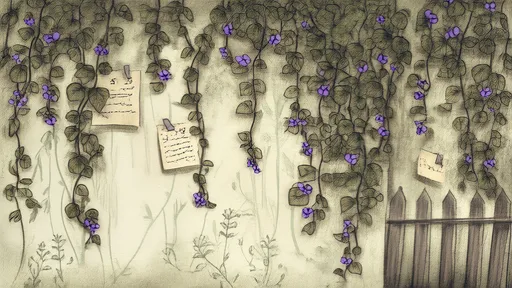
By /Jul 15, 2025

By /Jul 15, 2025

By /Jul 15, 2025

By /Jul 15, 2025
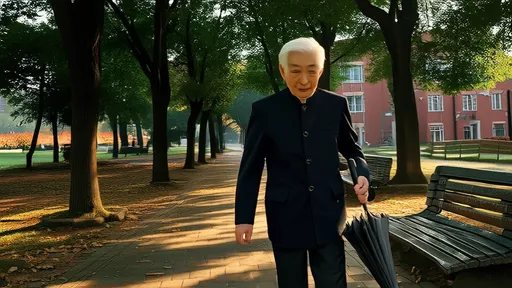
By /Jul 15, 2025
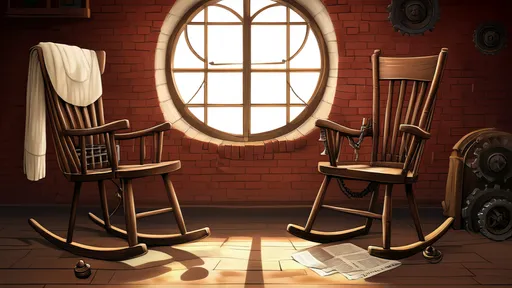
By /Jul 15, 2025

By /Jul 15, 2025
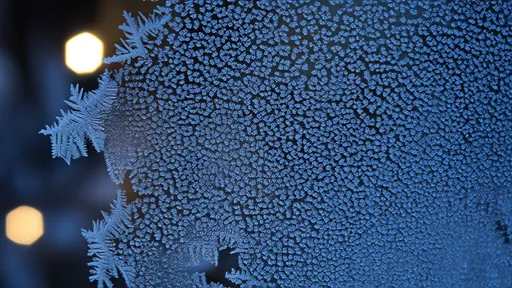
By /Jul 15, 2025
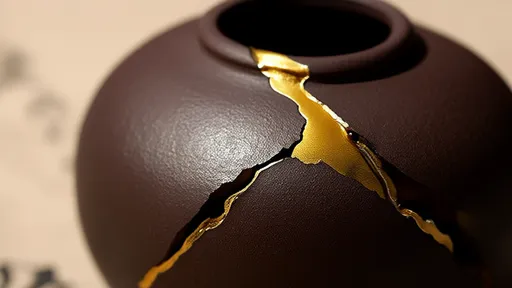
By /Jul 15, 2025
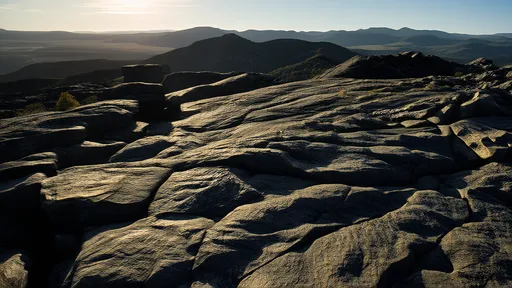
By /Jul 15, 2025

By /Jul 15, 2025
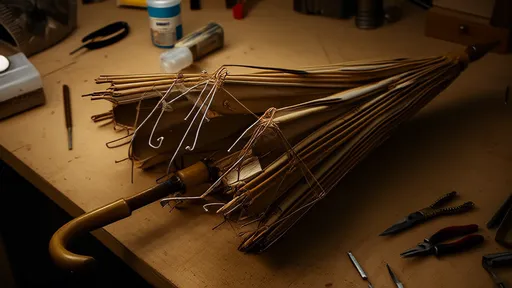
By /Jul 15, 2025

By /Jul 15, 2025

By /Jul 15, 2025

By /Jul 15, 2025

By /Jul 15, 2025

By /Jul 15, 2025

By /Jul 15, 2025